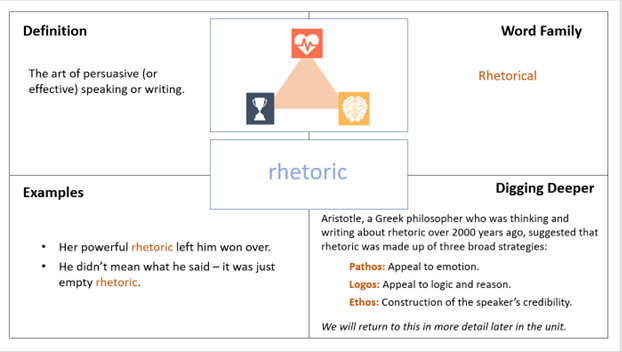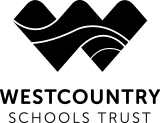Literacy
Introduction
The philosopher Ludwig Wittgenstein defined the fundamental importance of literacy when he wrote “the limits of my language are the limits of my world.” Good literacy (the ability to speak, read and write) allows us to engage with and make sense of the world and society around us. There is an inescapable link between a person’s level of literacy and their life chances. Their health and prosperity in life, whether academic, professional or social will be heavily influenced by their level of literacy. Consequently, the development of a child’s literacy is the responsibility of every teacher.
Evidence Base
The National Literacy Trust estimates that around 7 million adults are functionally illiterate (defined as having a reading age of 11 years or less). In the words of the Trust: “As a child they would not have been able to succeed at school, as a young adult they will be locked out of the job market, and as a parent they will not be able to support their children’s learning”[1]. This then creates an intergenerational cycle of disadvantage in which the children of adults with poor literacy skills often join school with weaker literacy than their peers.
As children progress through school this disadvantage becomes more pronounced and results in a widening attainment gap. Students with good literacy skills progress more quickly while students with weaker literacy skills find it increasingly hard to engage with the curriculum.
The impact of this phenomenon, often referred to as the Matthew Effect[2], is most apparent in the latter stages of the curriculum where measures such as alternative provision, reduced timetables and Level 1 qualifications may be used to ensure students (the majority of whom have weaker literacy skills) remain actively engaged in education. In short, we need to successfully develop the literacy of every student in every subject to keep the curriculum and the world open to them.
[1] National Literacy Trust: Literacy and Life Expectancy (February 2019)
[2] “For to all those who have, more will be given, and they will have abundance; but for those who have nothing, even what they have will be taken away.” (Matthew 25:29)
What does this look like?
If we accept the National Literacy Trust’s definition of literacy as “the ability to read, write speak and listen well”, we must also then accept that developing literacy requires a multifaceted, interdisciplinary approach. Whilst every subject area is responsible for developing students’ vocabulary within their discipline, this should take place as part of an evidence-based whole-school approach. The Education Endowment Foundation report, Improving Literacy in Secondary Education (2019) made 7 recommendations regarding literacy teaching. To this end, we have incorporated these recommendations into our teaching and provision:
We prioritise ‘disciplinary literacy’ across the curriculum and provide targeted vocabulary instruction in every subject
Every subject area highlights the key vocabulary for each unit of work and plans when and how this will be introduced to students. This information is then clearly displayed in all medium- and short-term planning materials.
This vocabulary is then included in students’ knowledge organisers and lesson materials. When key vocabulary is introduced in a lesson, we use a Frayer model (example below) to help students explore the word in greater detail. This aids their vocabulary acquisition and retention.

We develop students’ ability to read complex academic texts
When reading in class, teachers plan the most effective way for our students to access the texts. In the majority of reading activities, we use guided reading (also known as Control the Game) in which the teacher and students read through the text together. The teacher can then model the most effective annotation of the text, clarify specific vocabulary examples and use targeted questioning to ensure all students are able to understand and access the text. In this way, we ensure that all students are actively engaged when reading.
We break down complex writing tasks
When writing in class, teachers scaffold activities and model the most effective ways for students to plan, monitor and evaluate their writing. By using strategies such as breaking down exemplar written work, live modelling of writing and scaffolded writing fames, teachers support all students to express themselves through the written word.
We provide opportunities for structured talk
Teachers at Hele’s use core cooperative learning structures (Rally Robin, Round Robin, Timed Pair Share and Rally Coach) to provide students with opportunities for structured talk. Students can rehearse the use of new vocabulary in a formative, low-stakes context before incorporating it into their writing.





